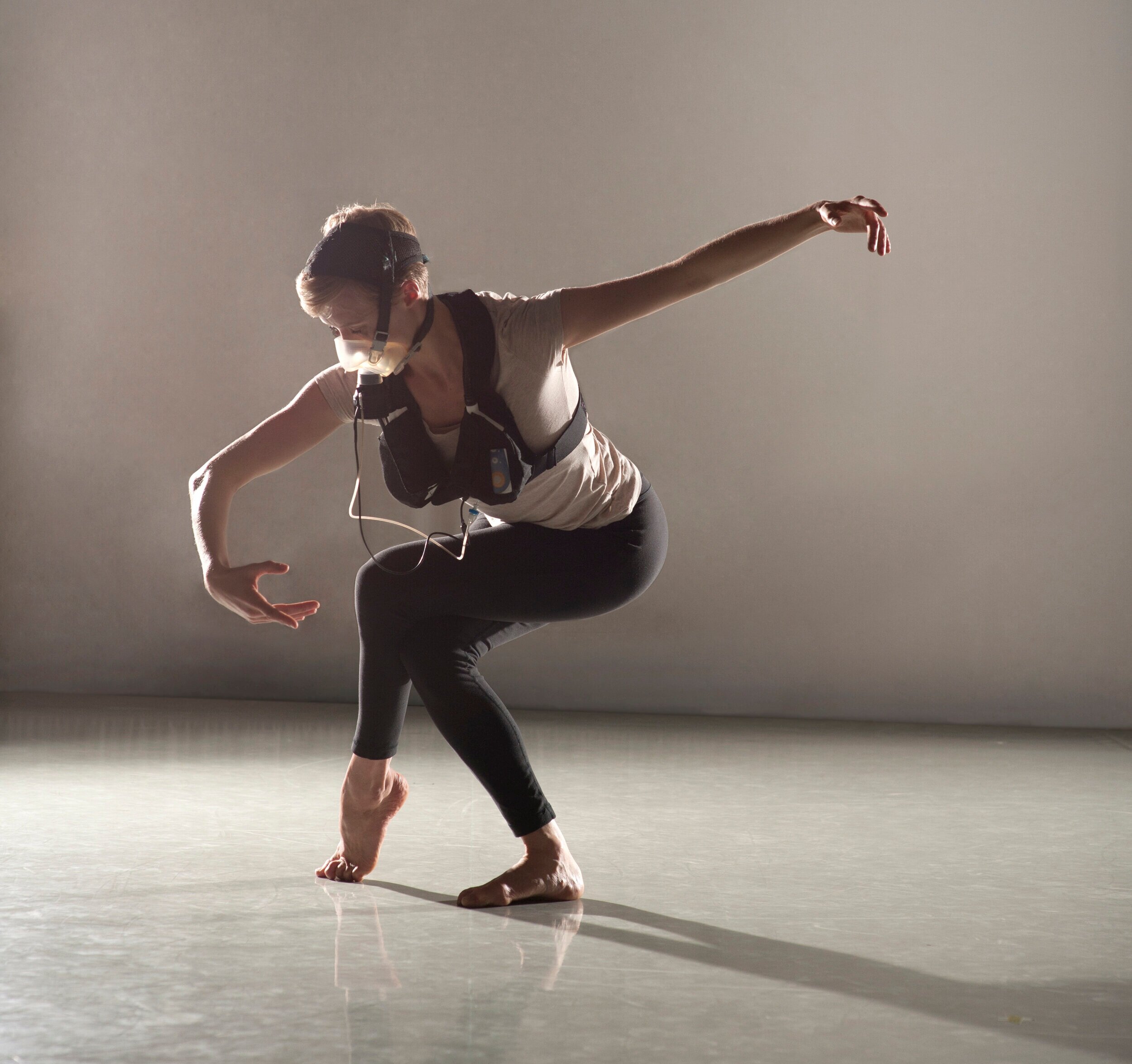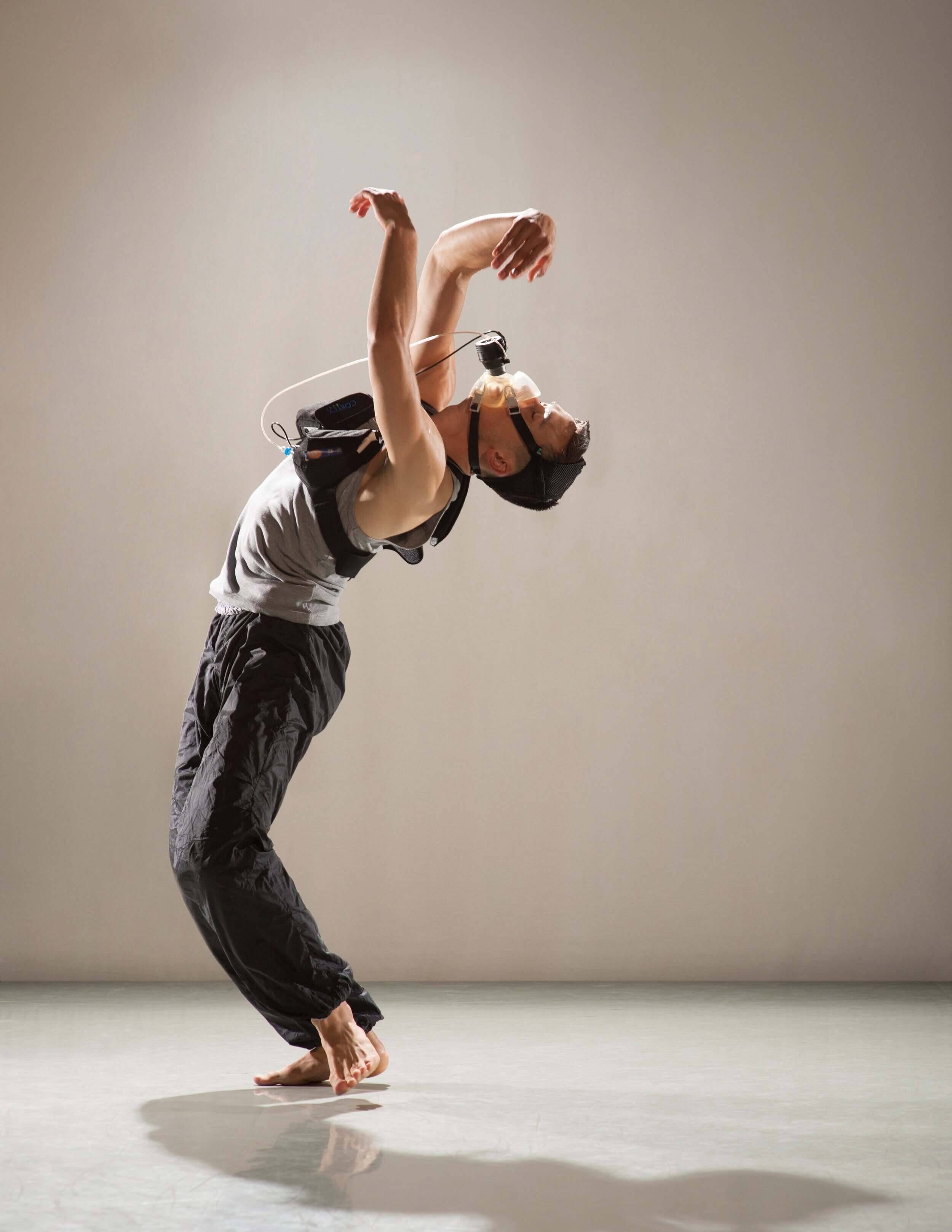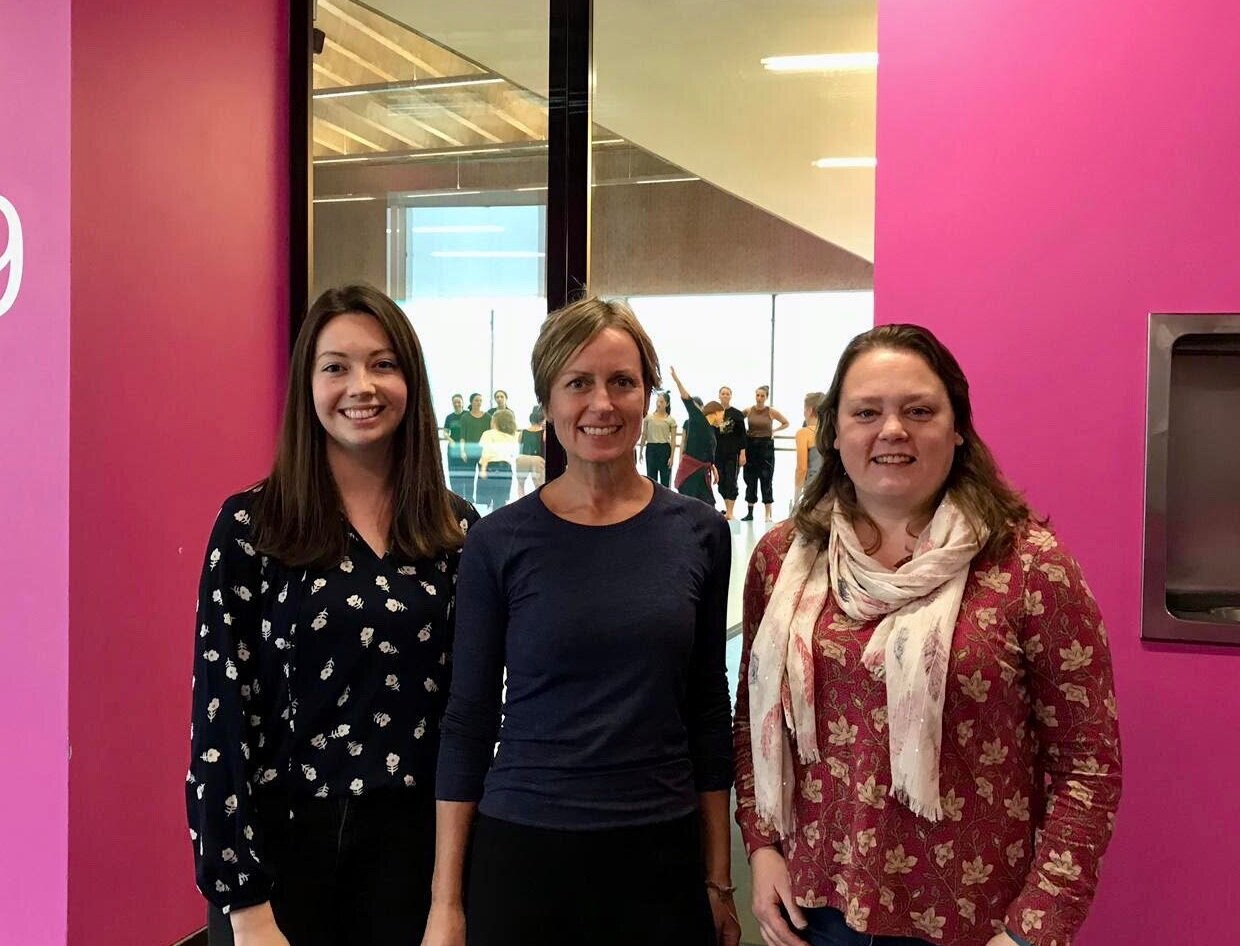Ep 3. Strictly Science: Strictly Come Dancing
Listen now:
Not natural dancers ourselves, we leave the moves this week to the professionals. In this episode we visit Trinity Laban Conservatoire of Music and Dance to step inside a real life dance science laboratory (take a look at the images in the gallery at the bottom of the page), to find out how this field of science has evolved, and to learn how researchers use science to help improve choreography and identify dancer’s individual dance strengths, fitness levels and proneness to certain injuries.
Plus, did you know that dancing is has been shown to help patients with neurodegenerative diseases? From improving their balance and reducing their fall risk, to having a huge impact on sufferer’s mental health and sense of self, we head over to Parkinson’s UK to find out how regular dance sessions can slow the progression of the condition.
Meet our guests
Emma Redding
Professor Emma Redding is Head of Dance Science at Trinity Laban Conservatoire of Music and Dance, and is a former pupil of the conservatoire.
Katie Goates
Katie Goates, Professional Engagement Programme Manager at Parkinson's UK, kindly also joined us on the episode to explain why encouraging the inclusion of regular dance exercise for people with Parkinson’s has become a really important part of what this fantastic charity do.
Strictly blogs
Episode photo gallery







Episode References (if you fancy some extra reading)
APS Physics (1999) Physics and dance in a pas de deux. Available from: https://www.aps.org/publications/apsnews/199911/festival.cfm
BBC Strictly Come Dancing (2016) Ed Balls and Katya Jones Salsa to ‘Gangnam Style’ by Psy. YouTube [Video]. 12 November. Available from: https://www.youtube.com/watch?v=Czqtjk_iGFU
dos Santos Delabary, M., Komeroski, I.G., Monteiro, E.P., Costa, R.R. and Haas, A.N., (2018). Effects of dance practice on functional mobility, motor symptoms and quality of life in people with Parkinson’s disease: a systematic review with meta-analysis. Aging clinical and experimental research, 30(7), pp.727-735.
Institute of Physics (2017) Physics ad ballet meet in an event to explore the biomechanics of dance. Available from: https://www.iop.org/news/17/feb/page_69098.html
Kunkel, D., Robison, J., Fitton, C., Hulbert, S., Roberts, L., Wiles, R., Pickering, R., Roberts, H. and Ashburn, A. (2018). It takes two: the influence of dance partners on the perceived enjoyment and benefits during participation in partnered ballroom dance classes for people with Parkinson’s. Disability and rehabilitation, 40(16), pp.1933-1942.
Laws, K. (2008) Physics and the Art of Dance. New York: OUP
Mackrell, J. (2014) Dance is just what the doctor ordered. The Guardian. 20 November. Available from: https://www.theguardian.com/stage/dance-blog/2014/nov/20/dance-for-parkinsons-disease-capturing-grace-therapeutic-benefits
McGill, A., Houston, S. and Lee, R.Y. (2019). Effects of a ballet-based dance intervention on gait variability and balance confidence of people with Parkinson’s. Arts & health, 11(2), pp.133-146.
Yapa, P. (2018) Dance your PhD 2018 winner - Superconductivity: The Musical! YouTube [Video]. 6 March. Available from: https://www.youtube.com/watch?v=wZvUNIHxWic&t=286s


